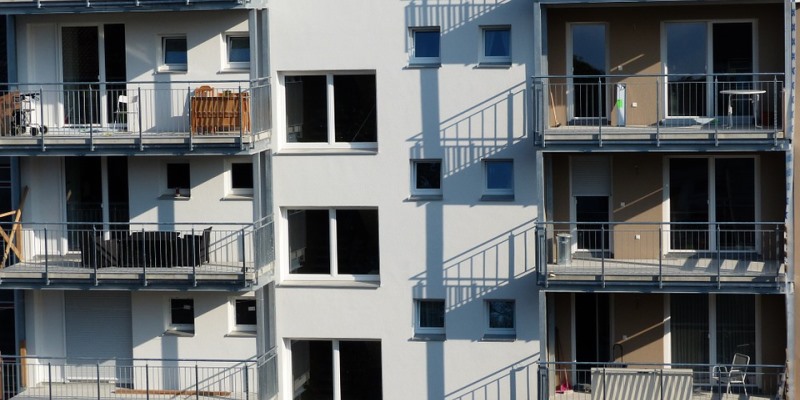Ontario takes important step towards rental affordability

The Ford government today tabled its first fiscal update, giving Ontarians a glimpse of its direction in major areas of public policy. Of interest to Ontarians struggling to afford and/or attain rental housing, the update eliminated rent control on new rental units. Considering the poor economic case for rental development, this move is essential—though not necessarily sufficient—to help increase the supply (and affordability) of much-needed rental housing.
Let’s start with what’s wrong with Ontario’s—and in particular the Greater Toronto Area’s—rental market.
At last count, the GTA-wide rental vacancy rate (the share of empty units) was 1.1 per cent, falling woefully below the 2.8 per cent in Montreal. Scarce rental vacancies mean fewer options for would-be renters, and ultimately higher rents. In its move to expand rent controls last year, the previous Ontario government sought to provide renters some relief. All it did, however, was further tighten the vacancy rate by removing much-needed rental units from the market.
So, by undoing the past government’s damaging rent-control policy, the current government will help new renters. However, much more can be done to improve the economic case for developing rental housing.
According to a report commissioned by the CMHC examining the economics of purpose-built rental housing development in six of Canada’s largest housing markets, the vast majority of development scenarios (ranging from basic to high-end projects) produce negative or negligible financial returns, giving builders little reason to build new rental housing.
High costs of land, construction and taxes (local property taxes and provincial sales taxes on materials) underlie these poor returns relative to the earning potential offered by rental income. In short, it simply doesn’t make financial sense to build rental units—and rent controls worsen the situation.
So, with the removal of rent control on new units on the way, how else can Ontario governments—both local and provincial—encourage more rental construction?
To start, municipalities can roll back the disproportionate property tax rates on apartment buildings. In Toronto, for example, multi-residential properties (read apartment buildings) face property tax rates two-and-a-half times the rates faced by single-family homes. Faced with such high rates, building owners must consider difficult trade-offs such as increasing rents or not conducting repairs—while the high costs relative to the alternatives (e.g. building and selling off condominiums) deter builders.
Municipalities can also counter the high cost of land by amending zoning bylaws to allow for greater density. Every additional storey of rental units developers can add to structures increases the revenue these structures can generate, in turn justifying the initial cost of land purchases.
In sum, it’s encouraging to see Queen’s Park turn its attention to the chronic shortage of rental units in Ontario’s most expensive cities. By rolling back the previous government’s rent control policy, there’s greater incentive to build much-needed rental units. However, this is only one step in what must be a multi-government approach to improving the overall economic case for new rental construction.
Without also addressing the disproportionate taxation faced by apartment buildings and high cost of land, Ontario will only be halfway along the road to a rental housing market that works for all renters.

